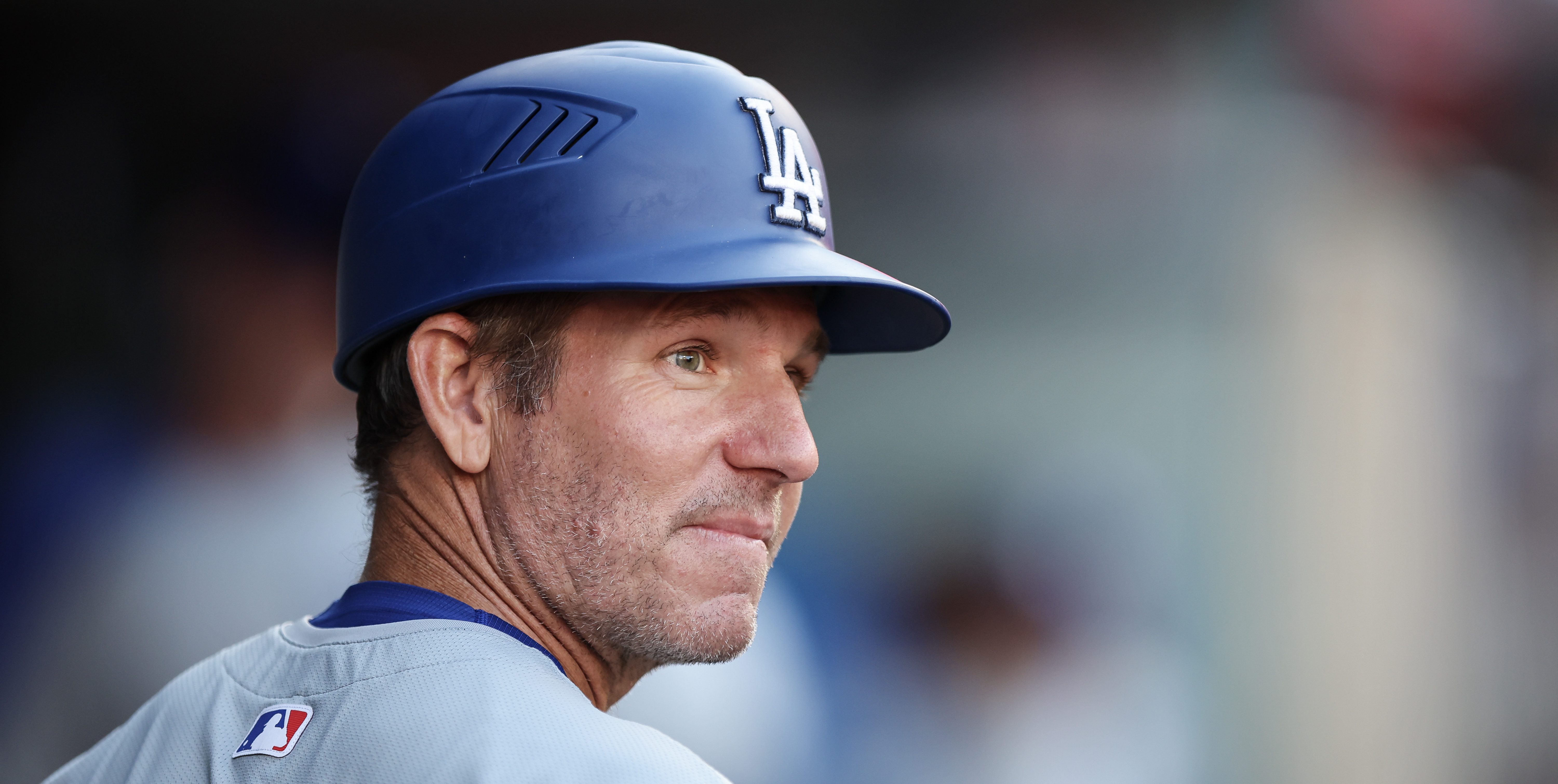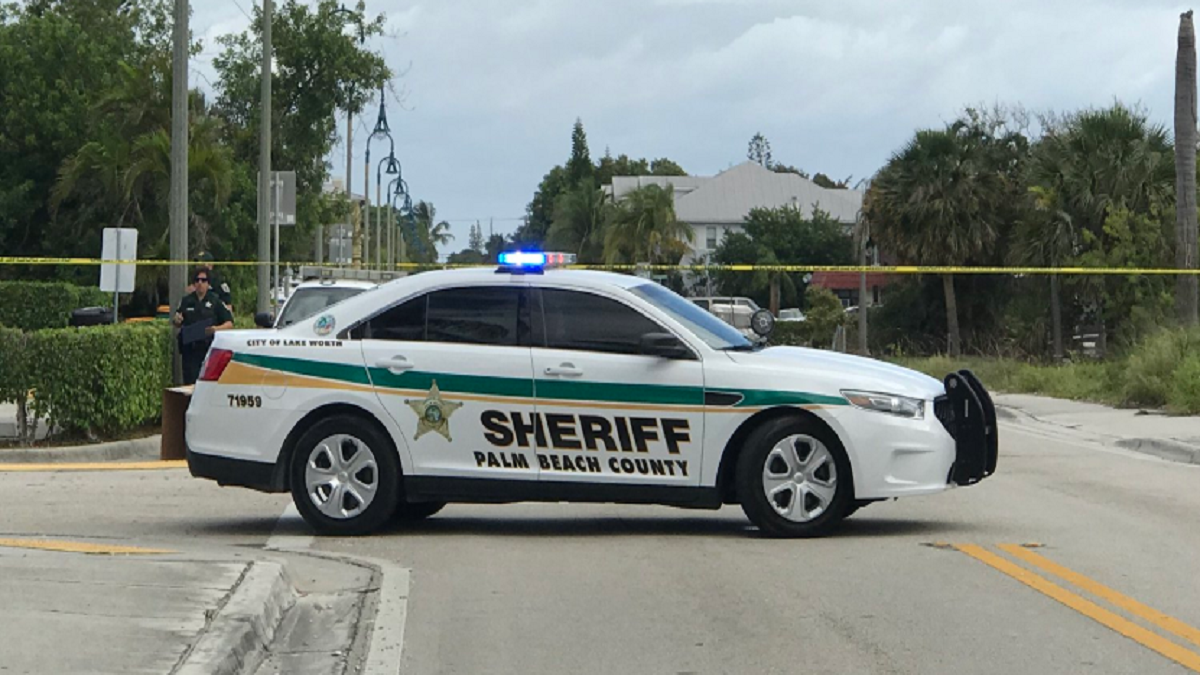According to Florida’s Office of Medical Marijuana Use, there are already 22 licensed Medical Marijuana Treatment Centers in the state.
It’s an over two-billion-dollar industry, serving roughly 1 million patients.
It’s also a booming business that blossomed from a troubled past, in the US and for one family in Florida: The Cobb’s.
In the 1970’s, Bill Cobb was one of the state’s top marijuana smugglers using a sun-tan lotion company to disguise a 300 million dollar drug empire.
The Hurricane season is on. Our meteorologists are ready. Sign up for the NBC 6 Weather newsletter to get the latest forecast in your inbox.
“At that point and time, he was a sun tan lotion distributor,” said his son Brady. “He kept running that business that was the front business to wash that much cash from moving that much cannabis and that became the DEA task force name, operation Sunburn.”
The name Sunburn is now a legacy. Brady has taken his father’s passion as his own.
He went to law school, working to legalize cannabis before opening his own company in August of 2022. You guessed it- Sunburn.
Local
“We get the best of the best,” said Maria Rivera, as she looks across the room of baby plants.
Rivera works at one of two farms the cannabis company has, located in Winter Garden.
The farm operates 24/7 with weekly harvests and follows a vertical model. It means that every product you see on Sunburn shelves was grown, treated, and packaged right in their own facilities.
Rivera is the head of the farm’s propagation department and shows us what a plant needs to look like, “It looks strong and healthy, they look even, and they grow with roots.”
Rivera oversees step one, propagating and cloning. From a mother plant she takes a clone and repots it into a tray where it will remain for 3 weeks until roots start to show.
The whole room has about 12 hundred clones.
“They get stronger and stronger every time, in the morning when I come in I say ‘Good morning girls!’ and I know they feel it.”
This first step, is considered the most important stage. And Maria makes sure they are well cared for, singing and speaking to them. You can see her turn up salsa music, and she sings the songs to her little plant babies.
“Do you think that extra care and detail makes a difference in the product?”
With a laugh Maria responds, “Believe it or not they can feel it so that’s why I give them what I feel. I love my job, I love what I do, I love when I see my results. They like it. They like jazz and salsa.”
IT'S ALL ABOUT QUALITY
When the plants have enough root, they move onto the veg stage. There, they are put into a Rockwell brick that has monitored moisture levels. The veg room has about 4,000 plants that will remain for 4 to 5 weeks.
When that time is done, they move into a different room where they will begin their 60 day process of producing its fruit, or in this case, its well-known flower. This is known as the bloom stage.
In one room alone there’s about 18 hundred plants. In total, there are three rooms with sensors throughout that monitor things like light, humidity, and temperature.
“We constantly monitor the plants and constantly keep track of the plant. As you see in here,” said Chris Keller, “As you saw in veg, there’s not a yellow leaf and not a single plant that is not completely healthy. And by the time they make it into here these are the best of the best.”
Keller is the team’s VP of Cultivation. He says quality is the most important thing.
The State of Florida doesn’t have restrictions or regulations on how a farm must grow their product, but they do have to ensure that what the customer buys is really what they receive.
If you take a look at each plant they have a different color band around them, what does that band mean? And how important is it in keeping track of the growth of the product?”
“Well, it’s the most important thing,” he states.
“The state regulates us to keep track of this plant from the beginning of it’s existent. From the moment it has roots, we assign a serial number to it.”
And that number remains with it until it dies or reaches the hands of the customer allowing them to know what exact plant and farm their product came from, ensure it was third party-tested, and provide the amount of THC and turbines the product has.
After the plants bloom, they go to the cure room to dry. After they dry, they go to the trim room where the flower gets separated from the stem and leaves.
The flower then gets weighed, packaged, and then distributed to the one of their 13 dispensaries across the state. All in all, the process from start to finish takes 6 months.
But what is the timeline for a plant to get to the store shelves?
“The timeline is insane, we have to be about 16 weeks, 4 months into the future, for what we will actually see on the shelves at market,” explained Keller.
He emphasizes, “We have to make decisions today that we won’t actually see until next year on the shelves.”
THE NOVEMBER VOTE
Come November, the landscape of cannabis in Florida could change drastically. A market that right now is only available to those with medical marijuana cards could soon be available to anyone over the age of 21 for recreational use. That means marijuana could become one of Florida’s largest markets.
“If you look at other states that have gone recreational the sky does not fall. It’s not stoned zombies walking around everywhere. It’s a lot of people coming in and out of stores looking for an alternative to prescription drugs,” said Brady.
According to a new study of the journal Addiction that estimates tobacco, alcohol and drug abuse, for the first time, daily marijuana use outpaced daily drinking in the US.
And in another big change for the industry, the Department of Justice began last month the process of re-classifying marijuana as a level three substance, no longer putting it on the same level as heroin.
“The government treatment of cannabis is lagging well behind public sentiment. Which just to me means it’s slow progress,” explains Brady.
“There’s been a lot of forces in the lobbying world that have been fighting against us for some time, I call them our natural predators. And at some point, based on these numbers, we are going to become the predator.”
Cobb says Sunburn currently has 300 employees with an expected revenue of $48 to $55 million for this year. That’s almost double what they made last year.
And what it could look like when the market becomes open for all? Brady says it’s not even fathomable, “As we are planning for that, I can’t chase the shiny object. We are focused on the medical market at hand in Florida right now. There’s going to be a lot of noise from now until November.”
That noise will be a rigorous legislative session. If Amendment Three passes, they will have to determine if Florida will be a wholesale market, time and place restrictions, tax revenues, and what can be imposed to slow the market down.
It’s why Cobb says he’s going to be a fast follower, “I don’t want to make a lot of moves and spend a lot of money to scale up when I don’t know what the end market is going to look like.”
But the market now is a well-regulated one, and Sunburn operations runs like a well-oiled machine.
They are expecting to pot even more plants, opening five additional stores this year and a new farm in New Smyrna Beach.
They are willing to give the option of what they claim is a quality product to those who need it.
“Sometimes I cannot help people with money but doing what I do, I know the product can help a lot of people, headaches, seizures, backpain. I feel good when I help people saying I take this, and the headaches go away. That makes me feel good because it’s a little drop that helps,” said Maria.



